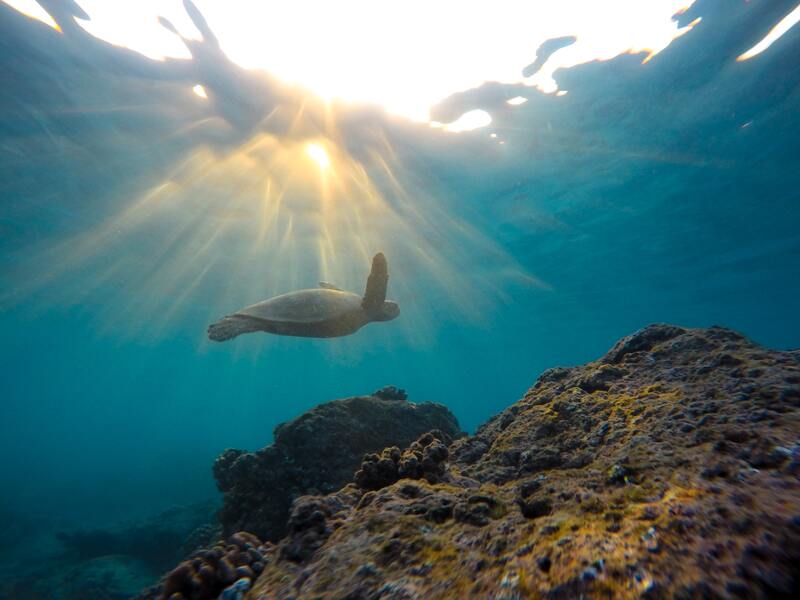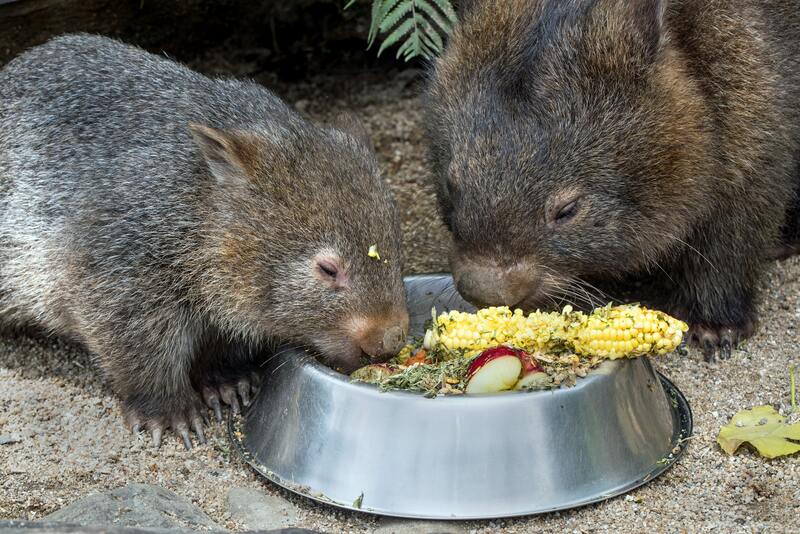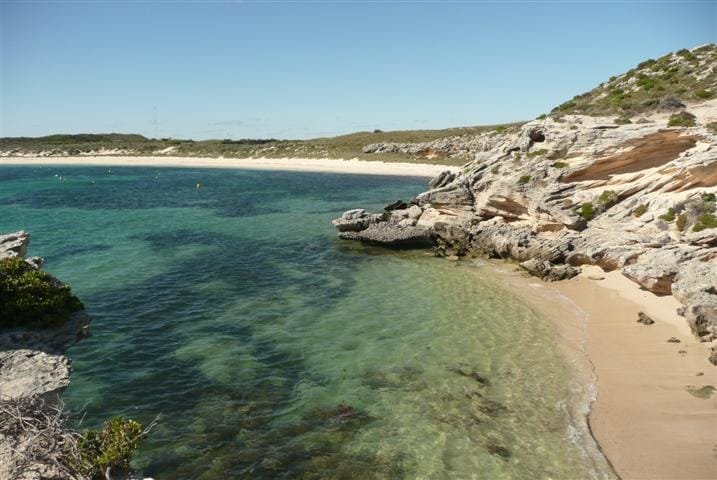How can we help the animals in Australia?
Sustainable tourism in Australia: How to help the animals?
The recent wildfires that ravaged in Australia have triggered an unprecedented wave of generosity. Many of you are wondering how you can help animal charities in Australia.
As much as we all want to help, an unplanned humanitarian travel to Australia is not the most fitting idea. After almost six years of taking our missions seriously, we are taking taking action with an attentive focus of contributing to sustainable tourism in Australia.
The Importance of Knowing English
Without knowing conversational english, there can be arising issues occurring. It is important to communicate in english, especially if you are working with a hustling team during emergency situations; it will allow you to be more reactive, coordinated, and helpful.
For non english speakers who still would like to help in some way, it is recommended to send donations to those shelters in need.
A budget to Take into Account
Traveling to Australia can be quite pricey: Australia is one of the countries with the highest standard of living among the destinations we offer (housing, food, etc.), and the airfare alone is a significant investment.
Humanitarian missions are not free. Wanting to devote your time is already a beautiful show of solidarity, but unfortunately, this act also involves a financial commitment; you need to be aware of this.
Similarly, such a trip requires a minimum of organization. Despite being experienced in the exercise, having privileged circuits and proven processes, we never send trainees or volunteers to the other side of the world in a few days.
A Question of Timing
Finally, it should be understood that the exceptional circumstances currently experienced in Australia require the help of people capable of responding to this emergency situation. If you feel able to help in this context, we have no intention of restraining you.
However, Australian animal protection associations will still need you in several weeks or even several months. The consequences of these disastrous fires will be felt over a very, very long period. Your desire to help animals in Australia will undoubtedly be useful for a long time. It’s time for you to prepare for this humanitarian trip that should remain a pleasant and enriching experience.
From Queensland to the Victoria region, numerous programs dedicated to the reception of distressed animals and the protection of endangered species have emerged over the past three decades. The task is vast, and the needs are immense. Exclusively born from the commitment of enthusiasts, these initiatives can only proceed thanks to the commitment of volunteers and private funding.

Hundreds of species, a multitude of projects
The Australian continent has a particularly rich fauna and flora, and some endemic species are severely threatened. The NGO with which Freepackers has partnered with coordinates no less than 7 structures (refuges and reserves), from the north to the south of Australia. Some work with specific species or categories of animals (bats, birds of prey, turtles, for example), while others focus on the protection of animal life as a whole in a territory.
In most cases, local teams take care of injured or orphaned animals, care for them and feed them, before attempting (when possible) to reintroduce them into their natural habitat.
Volunteers are fully involved in all the actions carried out within these programs. They interact with animals daily and participate at all levels of the NGO’s and reception structures’ functioning: “rescue” operations in the field, assistance with veterinary care, meals and grooming of boarders (including feeding the young with a bottle!), but also cleaning enclosures and boxes, maintenance of facilities, participation in administrative and logistical tasks, etc.

Some programs also have an “educational” component, or at least of information and awareness-raising. Thus, it may happen that volunteers are responsible for visiting reserves and refuges to the public (locals and tourists), or intervene directly with local populations, for example, by going to schools.
Contributing to sustainable tourism in Australia: Do I have the profile ?
There is no real prescription regarding the profile of people who wish to engage in these volunteering projects with animals in Australia. However, participants must meet these requirements:
Volunteers must not have both feet in the same shoe and must not be afraid of work. They must have a real desire to participate in such programs and be sensitive to the issues of preserving animal species. In most cases, a good level of English is required. Also note that for some projects, you must be at least 21 years old.

It should be known that there are many physical and moral constraints. Working with animals in Australia involves spending (sometimes long) days in often intense heat, in a humid and suffocating atmosphere, and with stinging and biting insects…
And then, one must expect to see blood and dirt every day. It is common to have to handle injured or weakened animals, sometimes severely. But one must also be prepared for some of them not to survive, despite the dedication of the teams in the field.

It also happens that, as part of rehabilitation operations, live prey is used, at the risk of shocking some sensitive souls… Whatever the project, permanent staff members are perfectly aware that certain practices or situations may test volunteers. At these difficult times, no one is obliged to attend. Especially not those who don’t want to!
When the Volunteers are not Working…
Depending on the volunteer projects and reserves, volunteers are not necessarily housed in the same way. While some will have only rudimentary comfort in a caravan and will have to make do with dry toilets and solar showers, others will enjoy accommodation in a youth hostel with WIFI and a pool… But that’s not why they’re there, and frankly, it would be a shame to let these considerations influence the choice of project!
When volunteers are not taking care of koalas, wallabies, kangaroos, and other raptors, Australia and its wonders welcome them with open arms. Short stays are not really conducive to exploring the surroundings, and when you only follow a program for one or two weeks, it’s a bit complicated. On the other hand, some shelters require volunteers to be present for at least 6 weeks. And then, the opportunities are much more numerous!

The number of national parks and remarkable sites in Australia is absolutely unimaginable. We can only invite you to admire the Great Barrier Reef off Queensland, or to visit the vineyards around Melbourne. If you’re more into shopping and restaurant meals, that’s possible too! Moreover, Australian cultural heritage is very rich. Why not go out and discover Aboriginal culture or the history of the country and contribute to sustainable tourism in Australia?
DID YOU LIKE THIS ARTICLE ?
Share it on social media















